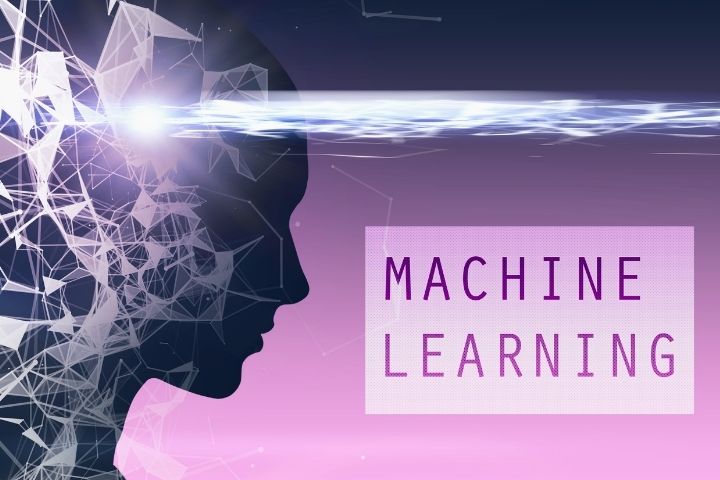Neural Networks
- What is it? The royal algorithm among all machine learning algorithms. Suitable for prediction, recognition, and classification. Also, this algorithm can generate content on its own!
- Where to apply? Almost everywhere – this algorithm can handle any class of problems.
- Pros: Versatility. Working with complex data – objects with a bunch of parameters, sound, photo, video.
- Minuses: It often requires a lot of processing power. So high that it can take years to train this algorithm on your laptop. Sometimes the use of specialized computing hardware is required, for example, video cards (although it is always possible to rent a video card in the cloud ).
- A large amount of test data is required to debug and tune the algorithm. Setting up a complex model is difficult and requires experience. However, despite the disadvantages, there are few alternatives to this algorithm, and cloud technologies allow using almost unlimited capacities for its operation.
Convolutional Neural Networks
- What is it? The twin algorithm of traditional neural networks. The main difference is the clever grouping of data into groups and working with these groups within the network.
- Where to apply? Mostly when working with images and videos. Such algorithms are at the heart of computer vision and hearing systems.
- Pros: The highest quality and most accurate algorithm for working with visual content.
- Minuses: Difficulty in debugging and special requirements for computing power.
Decision Trees
- What is it? The algorithm represents the states of an object in the form of a tree. For example, “if a man is male, over forty and has bad habits, then the chance of developing heart disease is above average.” We talked about this algorithm in more detail in a separate article.
- Where to apply? Suitable for classifying and predicting states based on available data.
- Pros: Reliability, ease of use, intuitiveness.
- Minuses: Limited scope. Trees can describe not all models.
The Random Forest Algorithm
- What is it? The ideological successor of the decision tree method. A group (forest) is built from simple trees; each tree is slightly different from its counterparts. The trees in the forest vote for specific solutions, and the most common solution becomes the system’s response.
- Where to apply? In the same place as simple decision trees – for predictions based on parameters and for classification.
- Pros: Combining simple algorithms into groups often produces impressive results. It would seem that inherently primitive decision trees are together capable of providing answers to very complex questions.
- Minuses: As with traditional decision trees, the scope is very limited.
Boosting
- What is it? The essence of this method is that a strong classifier is created based on weak ones: each new model learns from the mistakes of the previous one. Every time more and more new models have been added that try to correct the mistakes of their predecessors. This continues until the forecasts become error-free or the limit on the number of models is reached.
- Where to apply? Another versatile fighter, suitable for almost any task.
- Pros: This approach often produces surprisingly accurate and valuable results and is worth trying for a wide variety of tasks.
- Minuses: Models can be quite large – you need to include sets from other models in boosting, which complicates the construction of the final system.
- These are far from all machine learning algorithms; we have collected the most basic ones, which are often used to solve basic problems of classification and forecasting.
Also Read: MLflow In The Cloud. A Quick And Easy Way To Bring ML Models Into Production








